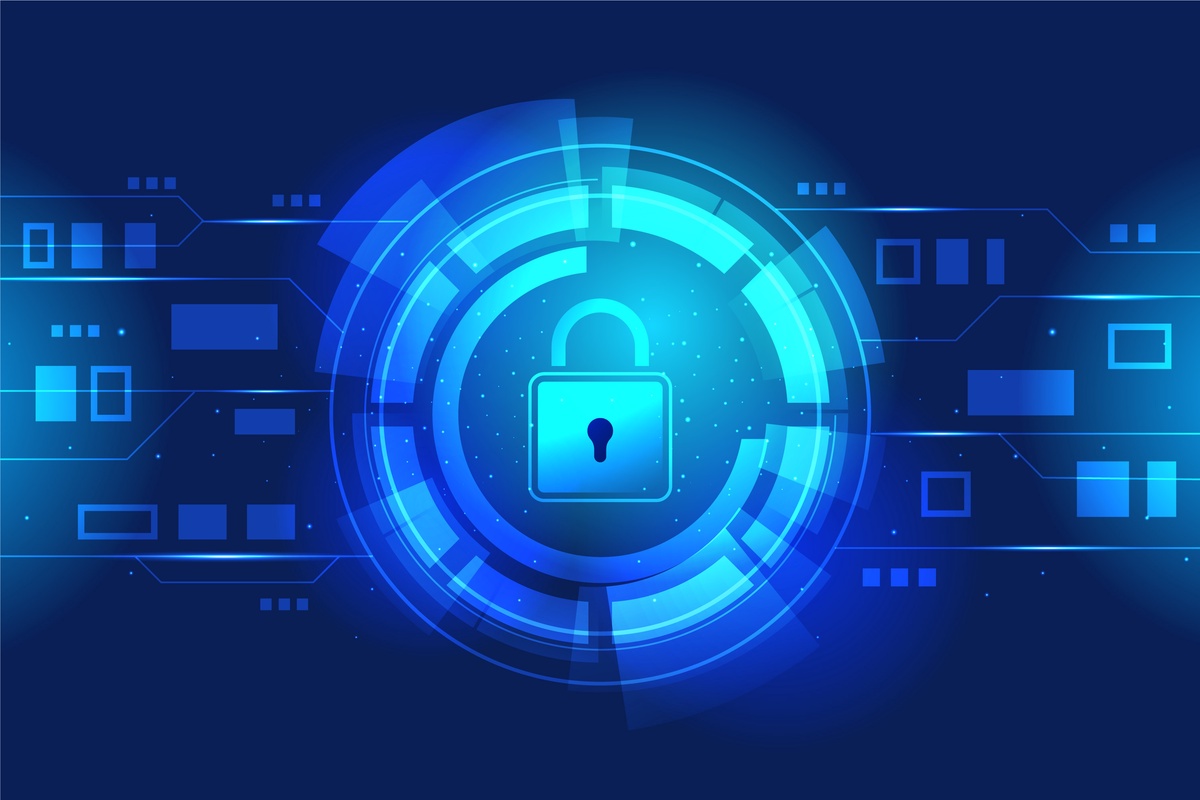In the relentless battle against cyber threats, conventional security approaches are faltering under the weight of modern complexities. The conventional perimeter-based model, once the stalwart of cybersecurity, is no longer adequate in safeguarding digital assets. Enter Zero Trust Authentication—a revolutionary paradigm shift that challenges the very core of traditional security doctrines. In this comprehensive guide, we delve deep into the principles, strategies, and implementation of Zero Trust Authentication, exploring its significance in fortifying organizational defenses against contemporary cyber threats.
Understanding Zero Trust Authentication:
Zero Trust Authentication is not merely a technological solution; it's a conceptual framework redefining the fundamental tenets of cybersecurity. At its essence lies the principle of perpetual skepticism—eschewing blind trust in favor of continuous verification. Unlike traditional models, which operate on the assumption of implicit trust within network perimeters, Zero Trust Authentication adopts a stringent "never trust, always verify" mantra. Every user, device, and access attempt is subjected to rigorous scrutiny, irrespective of its origin or context.
Components of Zero Trust Authentication:
-
Identity Verification: Central to Zero Trust Authentication is the meticulous validation of user and device identities. Multi-factor authentication (MFA), biometric authentication, and robust password policies constitute the cornerstone of this process. By employing multiple layers of authentication, organizations can fortify their defenses against unauthorized access attempts.
-
Continuous Monitoring: Zero Trust Authentication extends beyond the initial authentication phase, encompassing real-time monitoring of user activities. This continuous surveillance enables the detection of aberrant behaviors and potential security breaches before they escalate. By leveraging advanced analytics and AI-driven algorithms, organizations can proactively thwart emerging threats and safeguard critical assets.
-
Least Privilege Access: Embracing the principle of least privilege, Zero Trust Authentication restricts access rights to the bare minimum necessary for task execution. Through granular access controls based on user roles and responsibilities, organizations minimize the risk of unauthorized access and privilege escalation. This meticulous approach mitigates the potential fallout of security breaches and curtails the lateral movement of malicious actors within the network.
-
Micro-Segmentation: Zero Trust Authentication advocates for network segmentation at a micro level, delineating distinct zones based on data sensitivity and access requirements. By compartmentalizing resources and implementing stringent access controls, organizations limit the blast radius of potential breaches and contain malicious activities within isolated segments. This strategy fortifies the resilience of the network architecture and bolsters overall cybersecurity posture.
-
Encryption and Data Privacy: In the realm of Zero Trust Authentication, data security reigns supreme. Robust encryption mechanisms are employed to safeguard sensitive information both at rest and in transit. By rendering data indecipherable to unauthorized entities, encryption ensures data integrity and confidentiality, even in the event of a security breach.
Implementing Zero Trust Authentication:
The successful implementation of Zero Trust Authentication demands a holistic approach encompassing technology, policies, and organizational culture. It necessitates a paradigm shift—from a reactive stance to a proactive mindset ingrained in the fabric of the organization. Key considerations include:
- Technology Integration: Deploying advanced authentication mechanisms, security analytics platforms, and encryption protocols to fortify the digital infrastructure.
- Policy Framework: Formulating comprehensive security policies delineating access controls, data governance, and incident response procedures.
- Cultural Transformation: Cultivating a security-aware culture characterized by vigilance, accountability, and continuous learning at all levels of the organization.
Conclusion:
Zero Trust Authentication heralds a new era in cybersecurity—one defined by vigilance, resilience, and adaptability. By embracing this paradigm shift, organizations can fortify their defenses against evolving cyber threats and safeguard their most valuable assets with unwavering certainty. As the digital landscape continues to evolve, Zero Trust Authentication stands as a beacon of security—a testament to the indomitable spirit of innovation in the face of adversity.


No comments yet